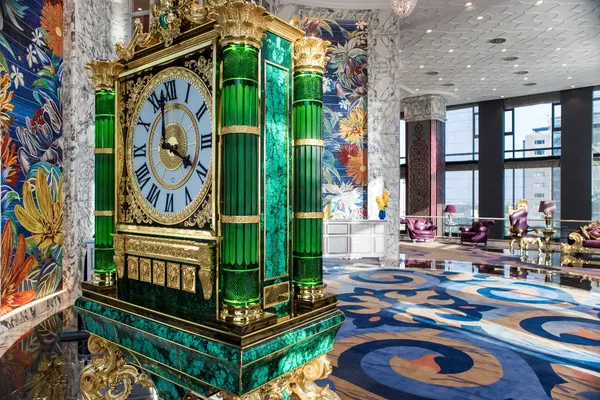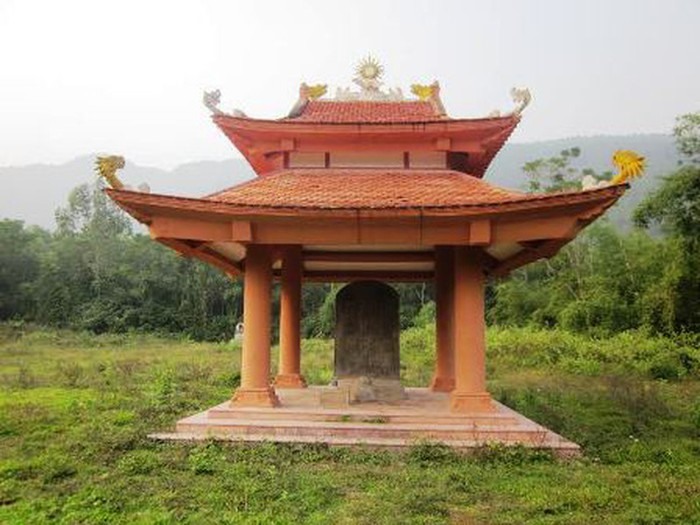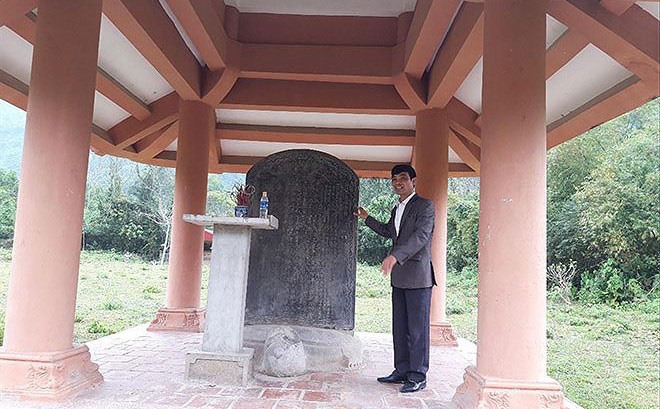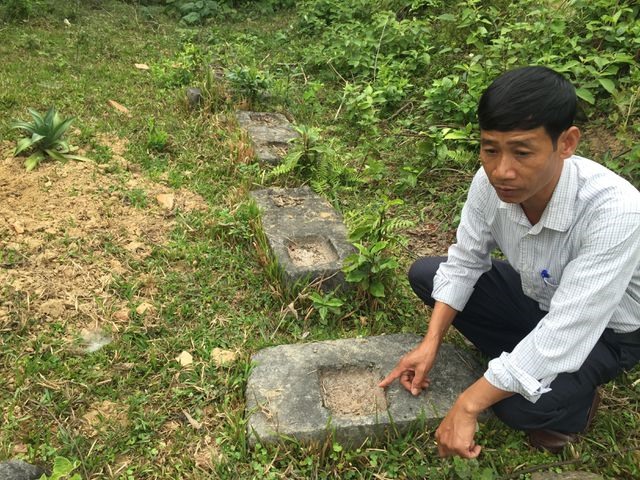 Life & Style
Life & Style

A 14th century relic site in central province of Thanh Hóa is facing deterioration. Bình Minh reports.
 |
| The only stele left at the site. Photo baomoi.com.vn |
by Bình Minh
A national historic site dating back to the 14th century in the central province of Thanh Hóa is at risk due to a lack of preservation work.
The Ly Palace was built by Hồ Quý Ly (1336-1407), who was a founding member of the Hồ Dynasty (1400-1407).
The complex followed the same design as the Thăng Long Citadel to house King Trần in Thanh Hóa. The palace was also used as an administration office for the royal family to discuss strategies to repel northern Chinese Ming invaders.
When Ming troops invaded the country (1406-1407), the palace was destroyed.
In 1942, Prof Hoàng Xuân Hãn discovered the remnants of the site. In 1979, archaeologists gathered enough evidence to confirm it was the Ly Palace.
Between 1979-1983, archaeologists conducted four excavations covering 600sq.m.
During their research, they found a row of green stone pillars which served as a part of the foundations of the structure.
In the foundations of the main palace, they found giant stone blocks, an indication of the size of the structure.
The yard was also paved with huge stone slabs surrounded by floral decorative tiles.
"We found remnants of the Kim Âu Pagoda and baked clay and glazed ceramics from the Trần and Hồ dynasties," researcher Tống Trung Tín, chairman of the Việt Nam Archaeology Institute, told Việt Nam News.
"Although the buildings are seriously destroyed, we found the foundations and building materials," he said.
"Some of those materials were transported from the Thăng Long Citadel," he said. "Hence, the architecture and objects found at the site reflect the typical features of the Trần (13th century) and Hồ (1400-1407) dynasties."
The whole area is now covered in wild grass, and there remains just a simple temple in the middle of the deserted land.
The most valuable object is a big stone stele carved by a scholar when he visited the site.
 |
| Scientists suggest a plan to preserve the site. Photo soha.vn |
 |
| The base of a stone pillar at the site. Photo dantri.com.vn |
“Scientists from the Việt Nam Archaeology Institute excavated the site several times between 1979-1983 and found various valuable objects,” said Phạm Văn Vĩnh, chairman of Hà Đông Commune.
“In 1997, the culture ministry recognised the site as a national historic cultural relic, but since then no preservation work has been carried out.”
Vĩnh said local authorities had asked for support from senior leaders to upgrade the site but had received no response.
“We hope the site will receive some attention soon before it’s too late,” he said.
According to Đại Việt Sử Ký Toàn Thư (The Great Annals of Đại Việt), the palace was a magnificent architectural with delicate carvings, and was completed at the same time as other palaces in the Hồ Citadel complex in around 1397.
The book Đại Nam Nhất Thống Chí on the geology and history of Việt Nam published at the end of 19th century reads: “To the right side of the Ly Palace, there was a tower for cock fighting. The Triệu Công Tự Pagoda was located beside the palace. Presently (the end of 19th century), there remain only some stone pillars, three wells from stone and some remnants of the surrounding citadel walls.
There was a building for relaxation known as Thừa Lương to the west of the site, which was decorated with floral tiles, carvings of dragons, tortoises, flowers and seaweeds. On the slopes of the nearby mountain, they installed bamboo pipes for water to flow down to the building.”
Đại Nam Nhất Thống Chí also described how the palace was embraced by Đại Lại Mountain. “The mountain curves around, standing high in the clouds. There is a clear stream running from the mountain the year round.”
The whole site covers 2,000sq.m around 1km from the Lèn River (or the Đại Lại River).
Objects unearthed at the site include big stones carved with lotus flowers and dragons; baked clay statues of dragon, kylin and phoenix heads; and baked clay tiles in the shapes of dragons and lotus flowers.
According to scientists, many objects found at the site belong to the Trần Dynasty.
Historical documents say that in 1511, King Lê Tương Dực was returning from the Lam Kinh Mausoleum and stopped his boat at Đại Lại Whalf to visit the Kim Âu Pagoda.
He saw the palace in ruins, and wrote two poems which were carved on a stele in front of the pagoda. Only the stele remains today.
Tín suggested a plan to preserve the site before it is lost. VNS




